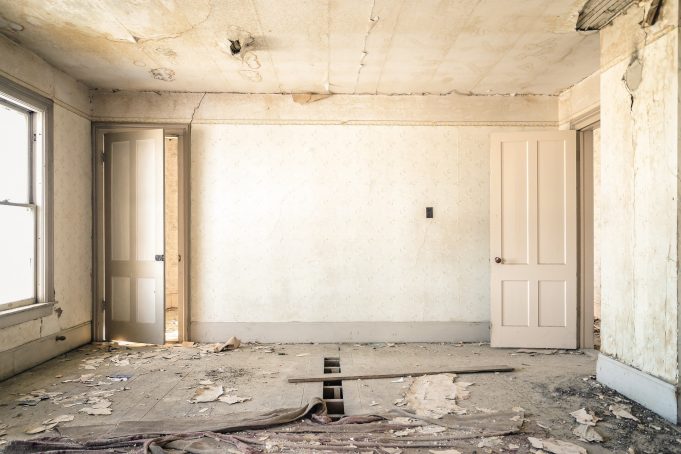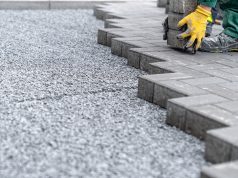Being diagnosed with an asbestos-related disease can be terrifying. Many people have been exposed to asbestos without realising, and it can have significant consequences.
What is asbestos?
Asbestos is the term given to a group of minerals made up of different microscopic fibres, that when released into the air, can get into the lungs of humans and result in horrendous, life-threatening conditions. Because it’s a fire, sound and acid resistant material, it can commonly be found in building and construction work.
Why is asbestos dangerous?
When asbestos in a building becomes damaged or begins to crumble, its fine fibres break off and travel through the air. Asbestos dust exposure is incredibly hazardous when breathed in: because the fibres attach themselves to the lungs rather than break down in the body, they cause healthy cells to mutate.
What are the different types?
- Chrysotile
Chrysotile – otherwise known as white asbestos – is present in walls, floors, ceilings and roofs across different homes and businesses. This type of asbestos has also been used manufacturers in automobile brake linings and insulation for pipes.
- Crocidolite
The fibres in crocidolite – otherwise known as blue asbestos – are extremely thin, making it easier for them to lodge into the lung tissue. Crocidolite asbestos-containing products include acid storage battery casings and insulation.
- Amosite
Amosite – otherwise known as brown asbestos – is also quite common. Mainly mined in South Africa, it is also known as grunerite in its natural state. This type of asbestos can be found in cement sheets and roofing products.
Where else might you find asbestos fibres?
- Insulation (around boilers, pipes, fireplaces, and ducts)
- Ceilings and floor cavities
- Sprayed coating (on concrete or steel surfaces)
- Lifts and stairwells
- Vertical columns
- Ceiling tiles
- Partition walls
- Exterior walls, roofs, and gutters
What should you do if you are diagnosed with an asbestos-related disease?
If you are diagnosed with mesothelioma (a disease that attacks the lining of the lungs as well as the digestive tract), asbestosis (scarring of the lungs which leads to gradual shortness of breath) or pleural thickening (swelling and squeezing of the lungs which leads to breathlessness and chest pains) as a result of being exposed to dangerous fibres, you could be entitled to make an asbestos claim.
The diagnosis could have a huge impact on your life, and compensation could help you provide for your family, as well enjoy the time you have left.














